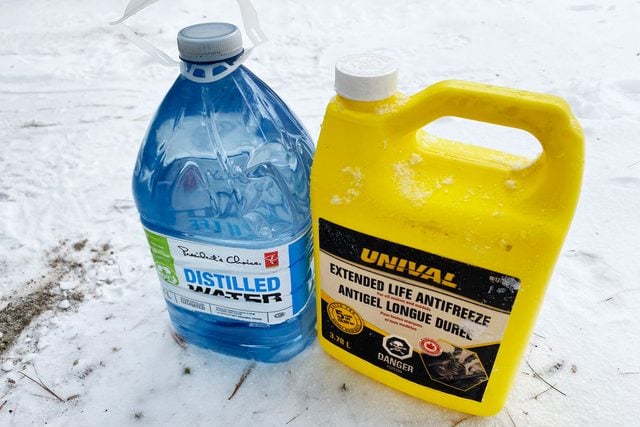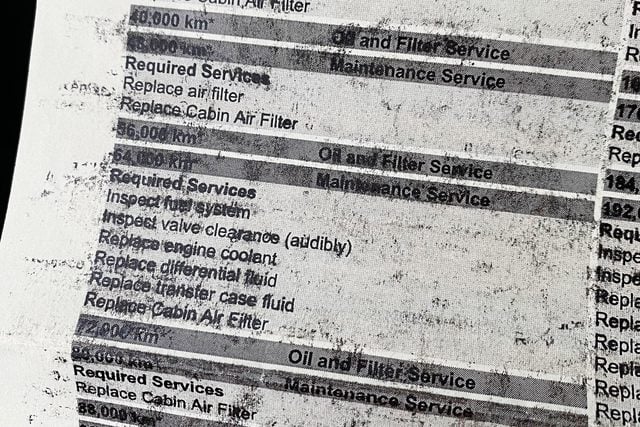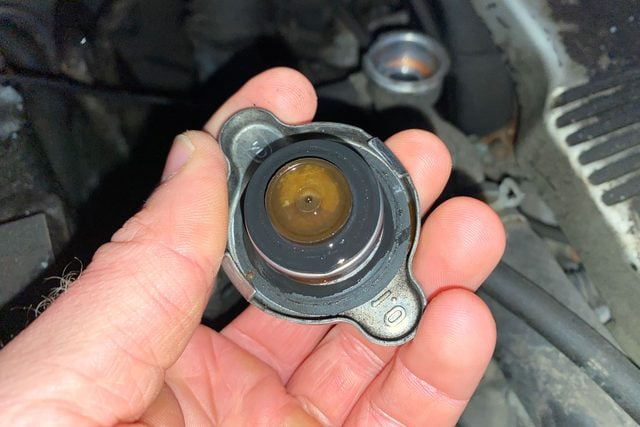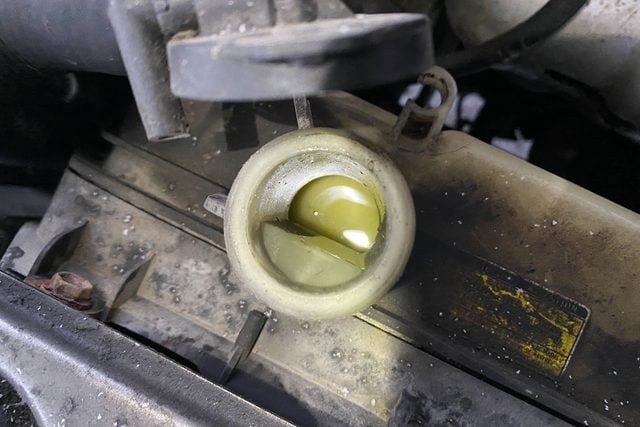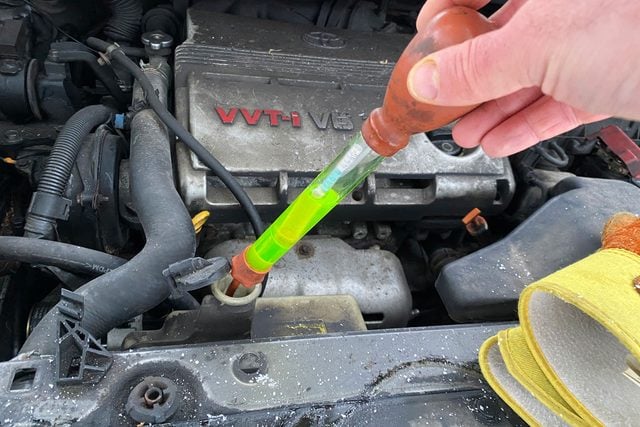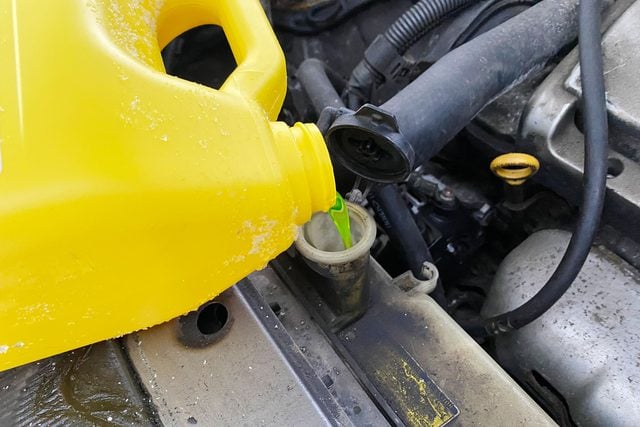What is antifreeze, why do you need to check it and what are you looking for? We've got answers to all these questions.
Our editors and experts handpick every product we feature. We may earn a commission from your purchases.Learn more.
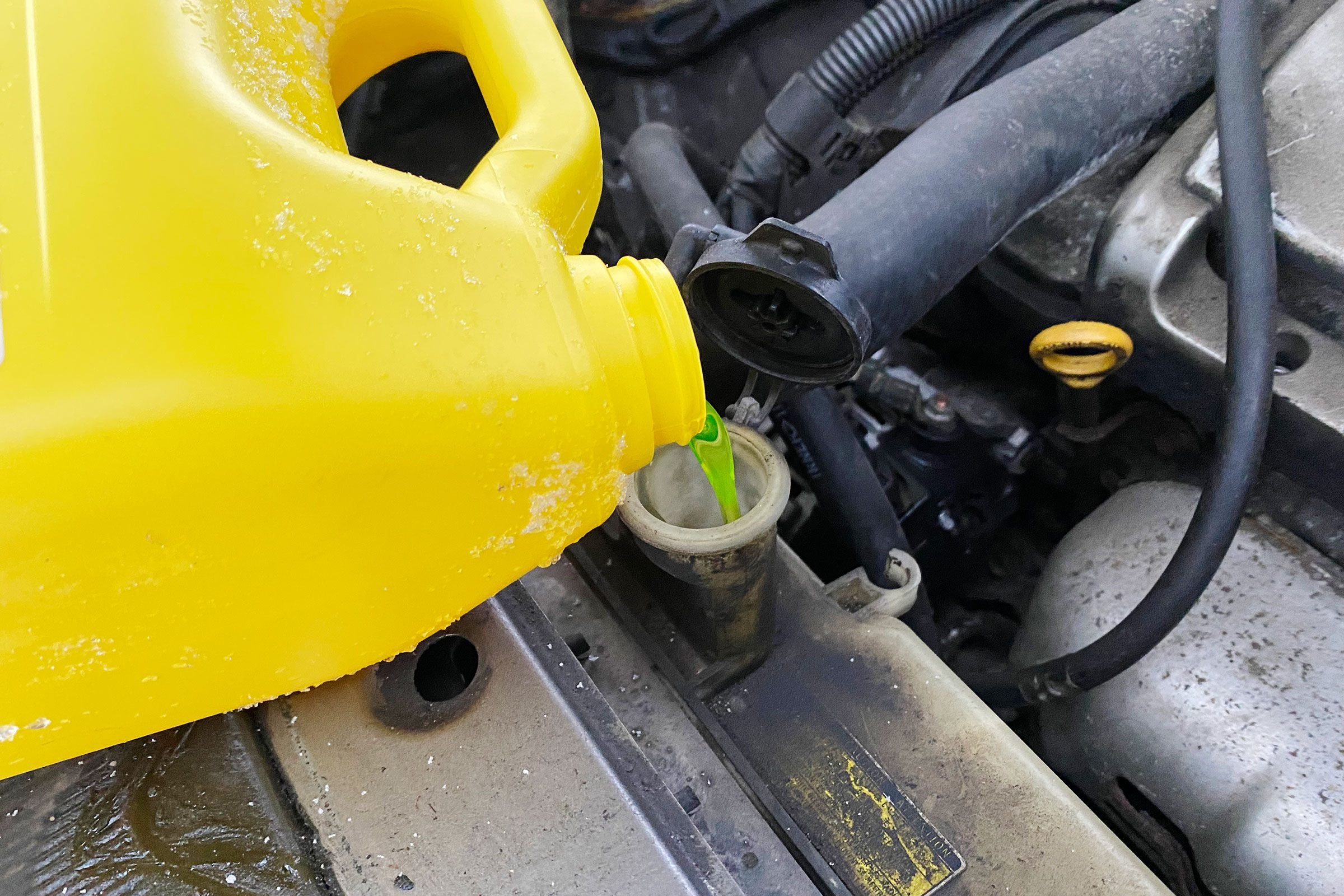

What is antifreeze, why do you need to check it and what are you looking for? We've got answers to all these questions.
Our editors and experts handpick every product we feature. We may earn a commission from your purchases.Learn more.
A few minutes
Beginner
$20-50
Even if you're not interested in how cars work, you need to be aware of certain maintenance requirements. Knowing how to check antifreeze is one of those.
The first thing to understand is the difference between antifreeze and coolant. Although the terms are often used interchangeably, they aren't quite the same thing. Engine coolant mixes equal parts concentrated antifreeze and water that keeps various parts of your engine cool and lubricated. Antifreeze is the concentrated liquid that makes up half of this mixture.
Some manufacturers sell pre-diluted coolant already mixed with water. Whether you buy pre-diluted antifreeze or mix it yourself, letting coolant get too low or too old means your engine could quickly overheat and become severely damaged.
That's why checking the antifreeze at least twice a year, and topping off or changing it, if needed, is crucial. Keep reading to learn how to check your antifreeze and coolant.
